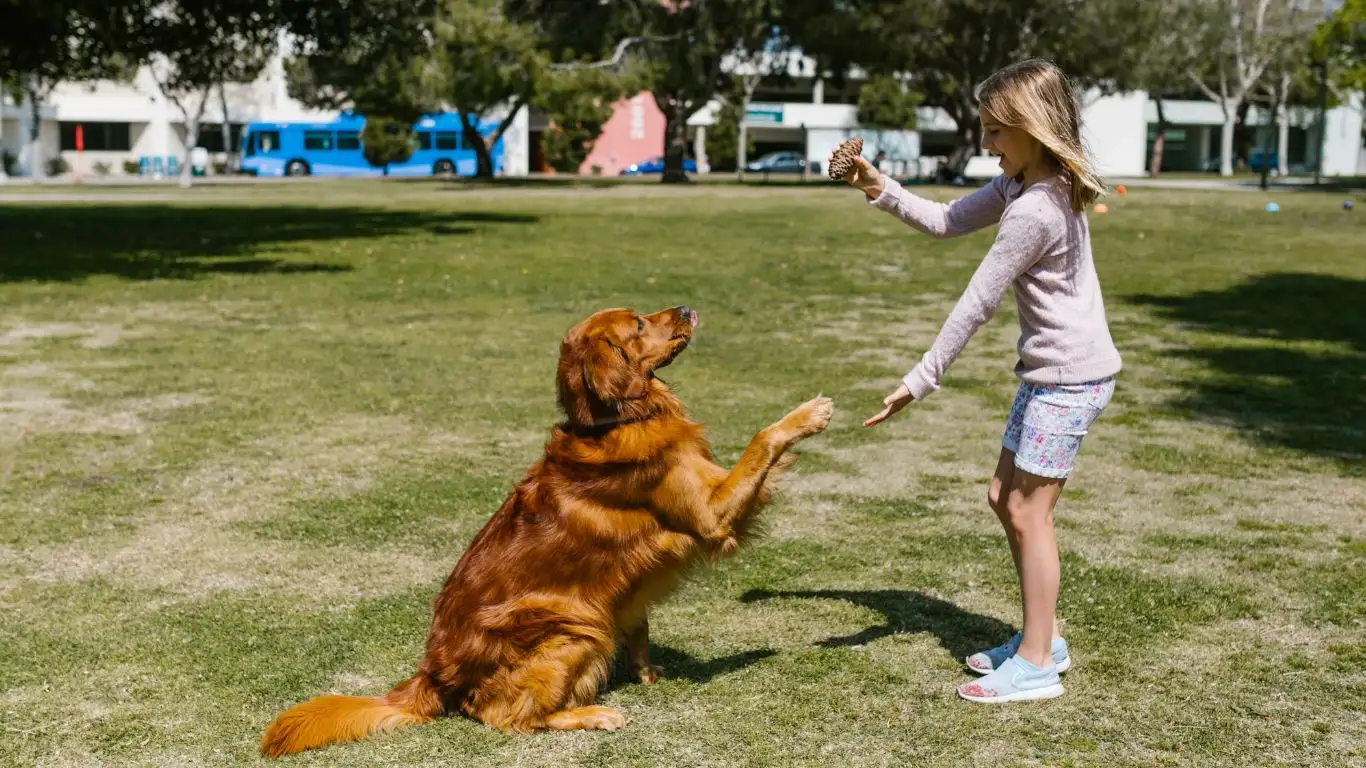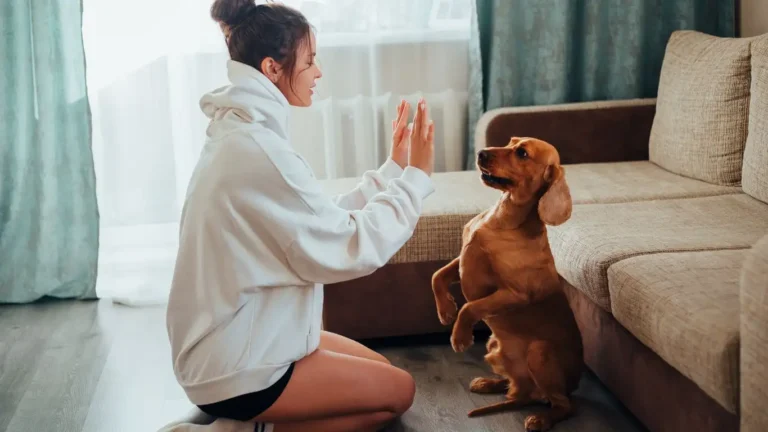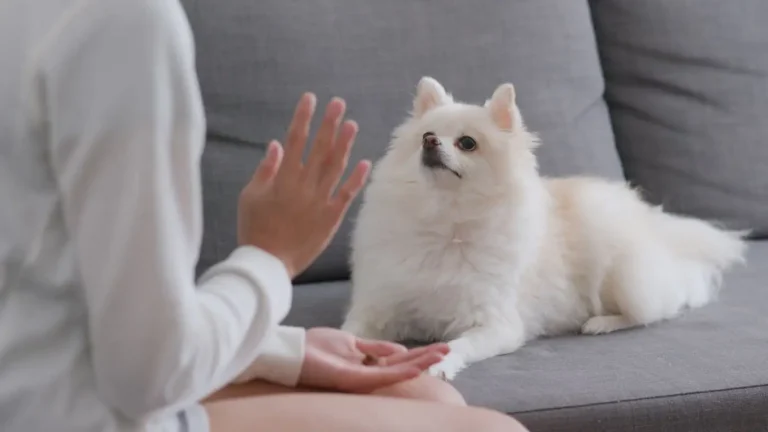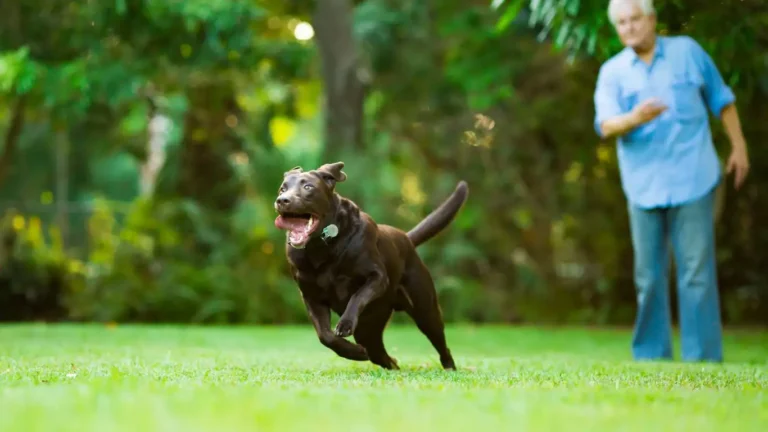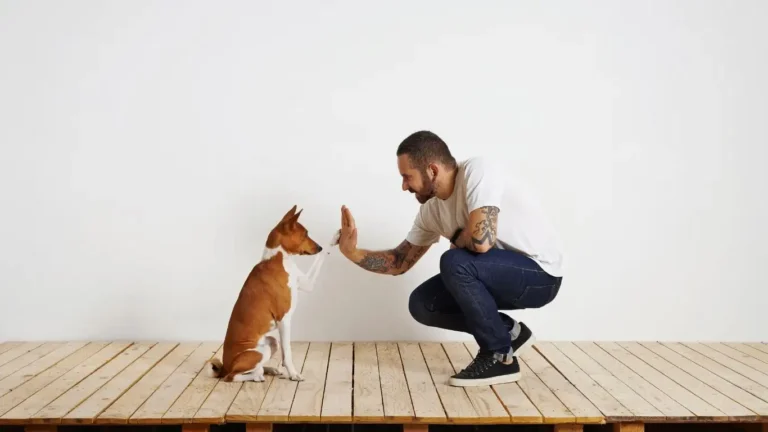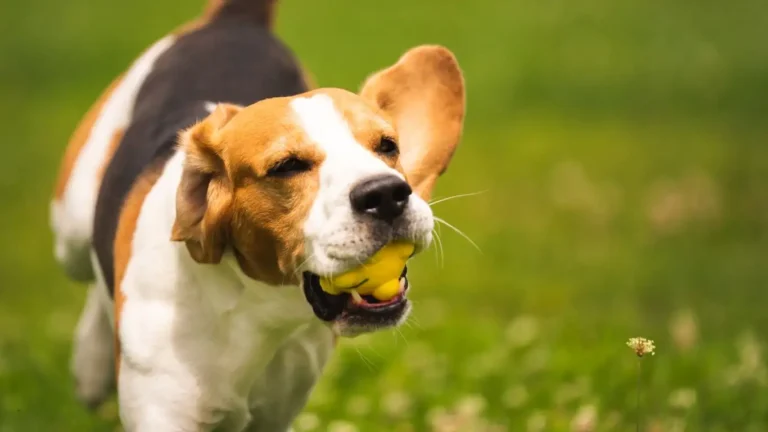How to Train a Dog to Calm Down When Overstimulated Fast & Effectively
If you’ve ever found yourself wondering how to train a dog to calm down when overstimulated, you’re definitely not alone. As a Canine-Assisted Therapy Trainer, I’ve worked with countless pups and their humans, helping them navigate those moments when excitement just turns into chaos. Overstimulation can happen in an instant — a sudden loud noise, a bustling environment, or even too much playtime — and it’s easy for dogs to get overwhelmed. The trick is knowing how to gently guide them back to calm without making it a stressful experience for either of you.
From my years in the field, one thing is clear: training your dog to settle down isn’t about force or frustration; it’s about understanding their signals, providing consistent tools, and creating a safe space for them to relax. In this post, I’ll share some practical steps and insights that have worked wonders with the therapy dogs I train. Whether you have a young pup or a seasoned companion, these tips can help you build that calm connection whenever things get a little too exciting.
Recognizing the Signs of Overstimulation in Dogs
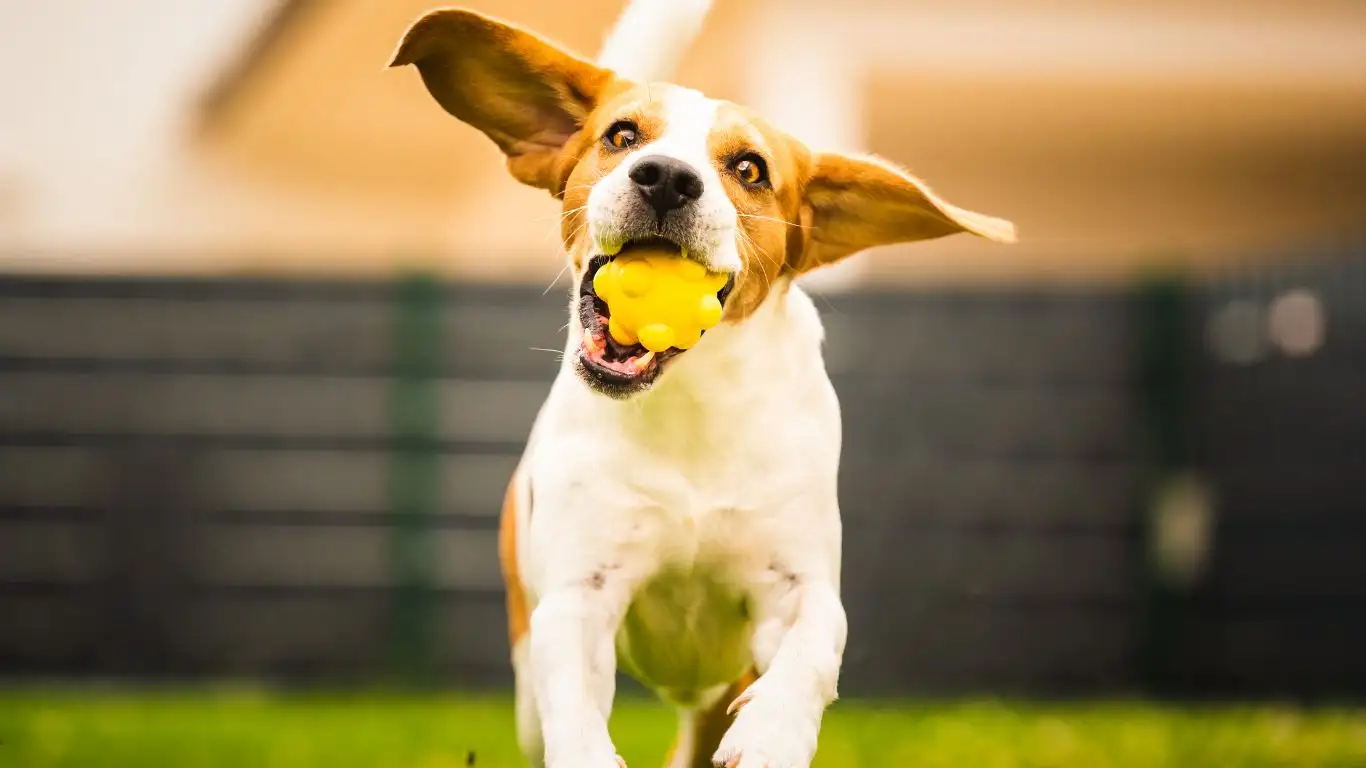
Before you can teach your dog to calm down, you first need to be able to spot when they’re getting overstimulated. Dogs show it in a bunch of ways, and knowing these signs lets you jump in early — which is way easier than trying to calm a full-blown frenzy.
Common Signs to Watch For
- Excessive panting or drooling: This often means your dog is getting stressed or overexcited.
- Whining or barking: Not every bark means trouble, but if it’s constant and high-pitched, it can be a sign of overwhelm.
- Restlessness or pacing: When your dog can’t seem to settle, they might be feeling overstimulated.
- Jumping or mouthing: Sometimes they just want to engage, but too much can be a stress reaction.
- Yawning, licking lips, or turning away: These subtle “calming signals” often go unnoticed but are super important.
In my experience, tuning into these signals early means you can intervene before your dog’s stress spikes. One therapy dog I worked with would start licking her lips repeatedly when things got too noisy — a little cue that told me to back off and give her a moment. It’s all about reading their language.
How to Train a Dog to Calm Down When Overstimulated: The Basics
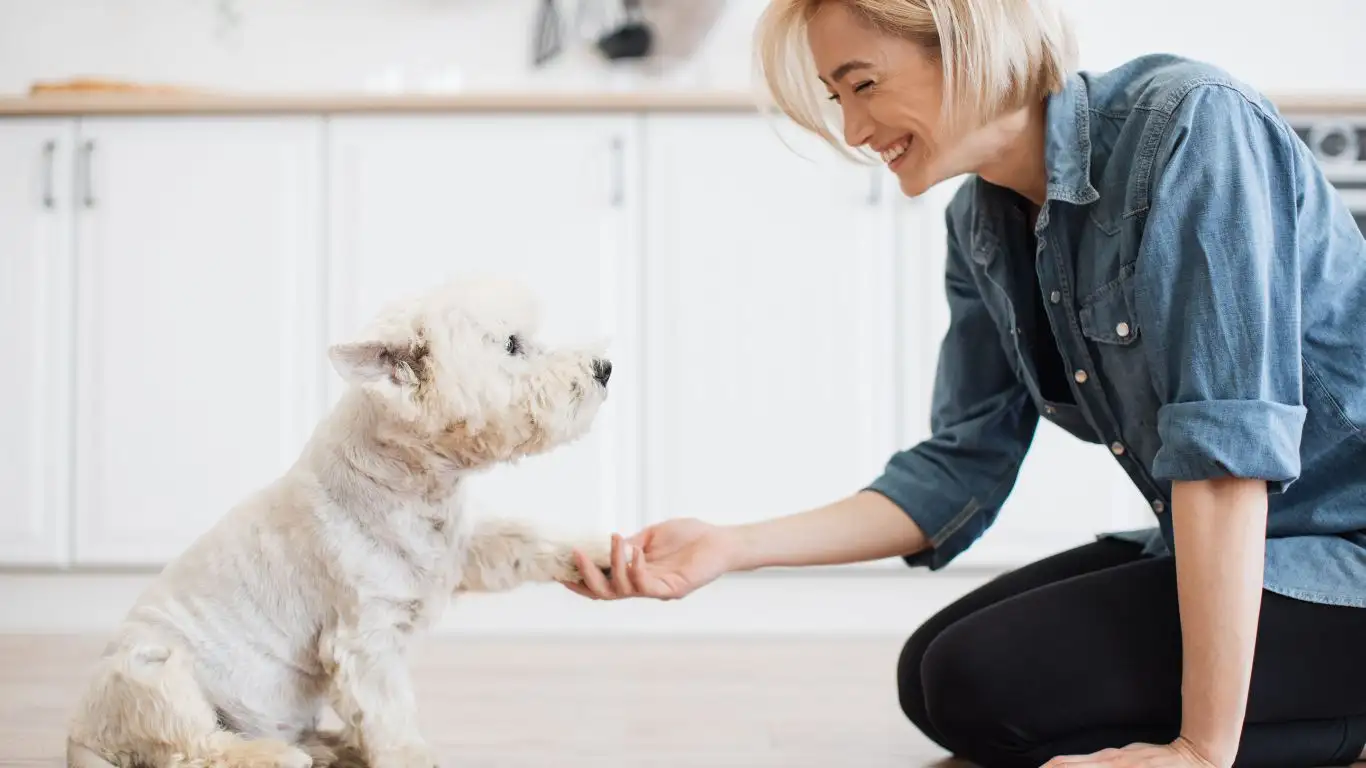
Alright, now that we know how to spot overstimulation, the big question: how do you actually teach your dog to calm down? It’s not magic, but it does take patience and consistency. Here’s what’s worked best in my training sessions:
Create a “Calm Spot”
First things first, give your dog a dedicated place where they can retreat and relax. This could be a cozy bed, a crate, or a quiet corner. The goal is to help them associate that spot with calmness and safety.
- Start by encouraging your dog to spend short periods there when things are calm.
- Use treats and gentle praise to make it a positive experience.
- Gradually introduce it during slightly stimulating moments so they learn it’s a safe haven.
I’ve seen so many dogs quickly learn that their calm spot is a refuge. One of my therapy dogs, Luna, would rush there anytime we visited busy places — it became her little safe bubble.
Use Your Voice and Body Language
Your energy has a huge impact on your dog. When they’re overwhelmed, staying calm yourself is key. Lower your voice, slow down your movements, and keep your posture relaxed. Dogs are incredibly tuned in to our vibes, so this can help them mirror your calm.
Try saying a calm cue like “settle” or “easy” in a soft tone, paired with slow, gentle petting or a soothing hand on their chest if they allow it. Over time, they’ll start associating that cue with the feeling of relaxation.
Practice Controlled Exposure
One of the most effective methods is gradually exposing your dog to the kinds of stimuli that usually overstimulate them — but at a low intensity. This process, often called desensitization, helps build their tolerance and confidence.
- Start in a quiet environment and introduce mild triggers (like soft background noise or a few people at a distance).
- Reward calm behavior immediately with treats or praise.
- Slowly increase the intensity of the trigger over multiple sessions.
- Always end on a positive note before your dog gets overwhelmed.
By carefully controlling the exposure, you’re teaching your dog that these situations aren’t scary and that staying calm has benefits — like treats and your attention!
Building Calm Habits with Positive Reinforcement

Once your dog starts understanding what calm looks like, the next step is to reinforce that behavior consistently. From my time working with therapy dogs, I can tell you that positive reinforcement is hands down the most effective and humane way to help dogs learn to calm down when overstimulated.
Think about it this way: your dog naturally wants your attention and approval. So, when they manage to settle in a situation that normally excites them, rewarding that behavior with treats, praise, or a favorite toy makes them want to do it again.
Using Rewards to Encourage Calm
- Timing is everything: Give your dog a treat the moment they start showing calm behavior—like sitting quietly or lying down.
- Be specific: Reward the exact calm behavior you want, not just general quietness. For example, if your dog is still but alert, that’s a good moment to reinforce.
- Keep rewards varied: Mix it up with treats, playtime, or affection to keep your dog engaged and eager.
One of my favorite stories involves a dog named Max. He used to get super excited at the park, jumping and barking at everything. We started rewarding him every time he paused and looked at me calmly. Within a few weeks, Max was able to enjoy the park without turning into a whirlwind — all thanks to a little positive motivation and patience.
Calmness as a Learned Behavior
It’s important to remember that staying calm isn’t always natural for every dog—especially those with high energy or anxious tendencies. Training calmness is about teaching them that relaxing brings rewards and peace. So, consistency and repetition are key.
Try integrating short “calm sessions” into your daily routine. These can be simple moments where you ask your dog to sit or lie down quietly, then reward them. Over time, your dog learns that calmness isn’t just about avoiding punishment but about gaining something good.
Using Mindful Techniques to Reduce Overstimulation

Beyond training commands and treats, some mindful strategies can really help dogs manage their excitement and stress levels. These techniques come from understanding canine body language and creating environments that support relaxation.
Deep Pressure Therapy
This might sound fancy, but it’s basically applying gentle, calming pressure to your dog’s body, which mimics the sensation of being swaddled or hugged. Many dogs find this incredibly soothing when they’re overwhelmed.
- Try a snug, well-fitted anxiety wrap or calming vest, which applies gentle pressure evenly across the dog’s torso.
- If you don’t have one, a firm but gentle hand placed on your dog’s chest or shoulders can help—just be sure your dog is comfortable with touch.
I often use this method in therapy dog training sessions, especially with dogs that are sensitive to loud noises or crowds. It helps them “check in” with their bodies and settle faster.
Incorporate Slow, Rhythmic Breathing and Touch
Sounds a little weird to breathe for your dog, right? But dogs are incredibly perceptive to their owners’ cues. When you slow your own breathing and speak softly, your dog can pick up on this and often mirror that calm energy.
Combine this with slow, gentle stroking—especially around the chest, neck, and behind the ears—and you create a mini relaxation session that can interrupt the overstimulation cycle.
Practical Exercises to Help Your Dog Reset
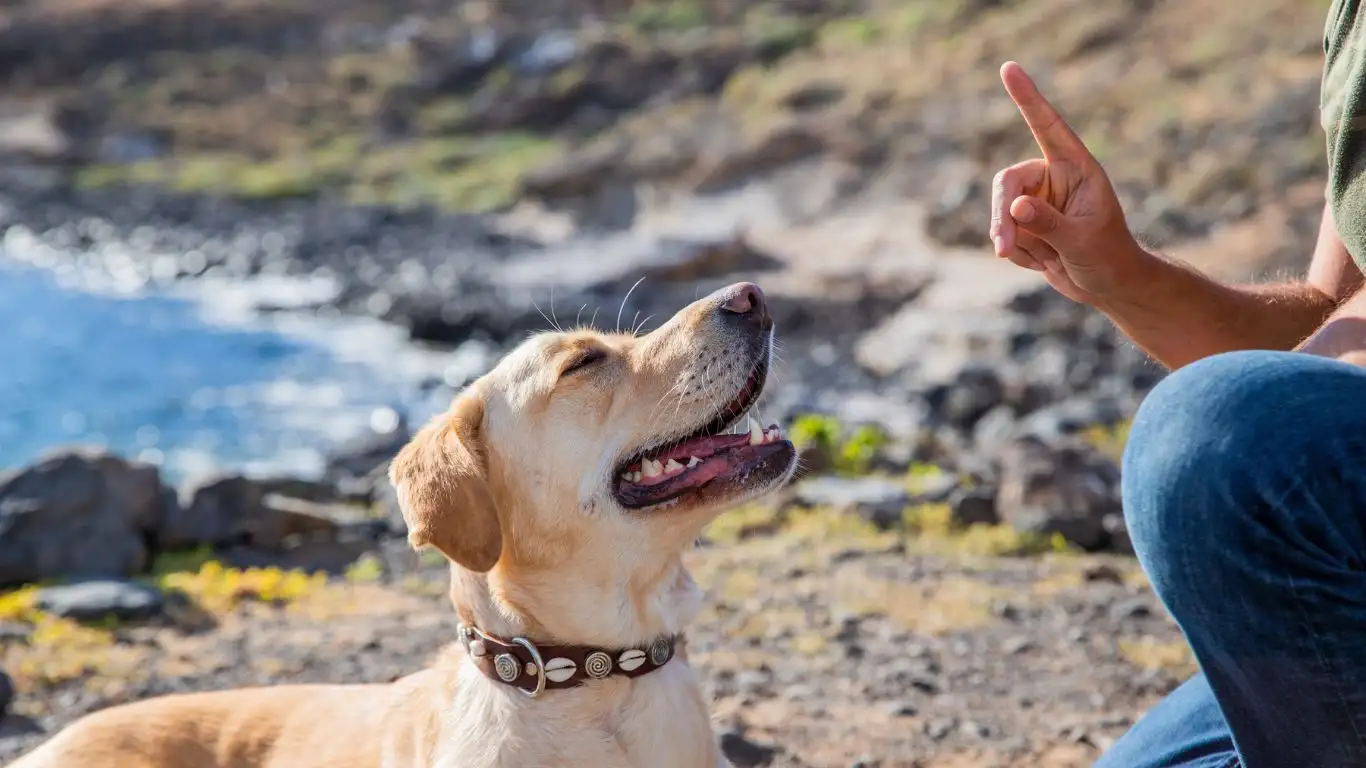
Sometimes your dog just needs a quick reset during a hectic moment. Here are some exercises I recommend that are easy to do anywhere and help your dog hit the brakes on their excitement:
“Watch Me” Focus Drill
- Hold a treat near your face and say a cue like “watch me”.
- When your dog makes eye contact, reward immediately with the treat.
- Repeat a few times, then use the cue when you sense overstimulation starting.
This simple drill refocuses your dog’s attention from the chaos to you, grounding them in the present moment.
“Sit and Stay” with Release Cue
- Ask your dog to sit and stay calmly.
- Gradually increase the time they hold the position, rewarding calmness.
- Introduce a release word like “okay” or “free” to let them know when they can move again.
This teaches impulse control and gives your dog a clear structure during moments that might otherwise feel overwhelming.
Physical Outlets Before Calm
Lastly, don’t underestimate the power of good old-fashioned exercise. Sometimes, dogs get overstimulated simply because they have excess energy that needs to be burned off. A brisk walk, a quick game of fetch, or some agility exercises can help them release that energy so they’re more capable of calming down when it’s time.
In my experience, combining physical outlets with calming exercises creates a balanced routine that keeps dogs happy, healthy, and less likely to spiral into overstimulation in the first place.
Consistency and Patience: Keys to Lasting Calm
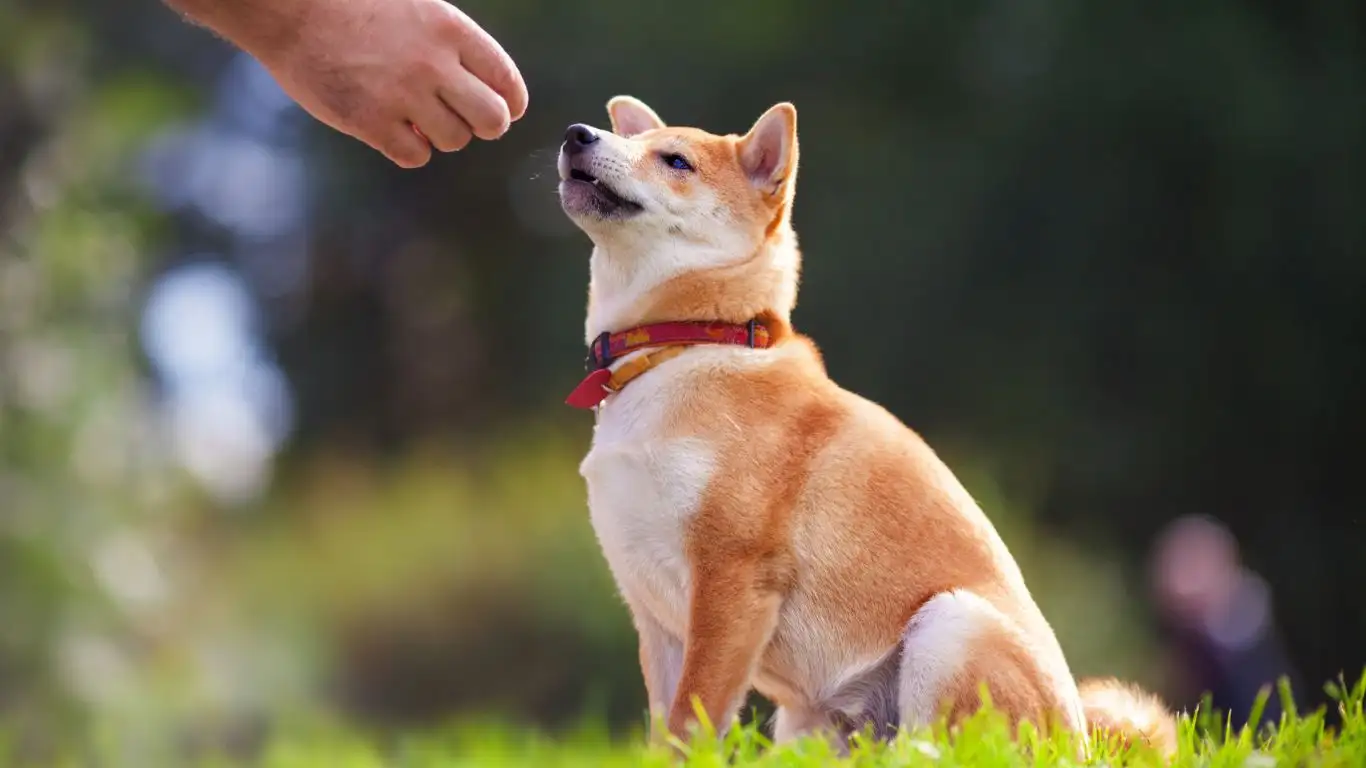
One thing I can’t stress enough from my years as a Canine-Assisted Therapy Trainer is that teaching your dog how to train a dog to calm down when overstimulated isn’t a quick fix—it’s a journey. Dogs thrive on routine and clear communication, so your consistency really makes or breaks progress.
Every dog has their own pace. Some catch on quickly, while others need a bit more time and repetition. Don’t get discouraged if your pup has setbacks or seems to struggle with calming down. It’s totally normal and part of the process.
For example, I once worked with a very sweet but high-energy dog named Bailey. At first, even a little noise would send her into a frenzy. We had to start at ground zero—teaching calmness in a quiet room with no distractions. Gradually, we added mild distractions, and through daily practice, she learned to stay composed even at busy parks. What helped the most was her owner’s patience and sticking to the training routine no matter what.
Keeping Training Realistic and Positive
It’s easy to want your dog to be instantly calm in every situation, but that’s just not how dogs work. Instead, aim for realistic goals—like your dog learning to calm down within a few minutes rather than seconds, or managing overstimulation in familiar places before tackling the big, noisy outings.
And remember: training should always feel positive. If you or your dog are getting frustrated, it’s okay to take a break. Calm moments between training sessions actually help your dog absorb what they’ve learned.
When to Seek Professional Help

Sometimes, despite your best efforts, overstimulation issues might feel overwhelming. Maybe your dog’s anxiety is severe or you’re unsure how to move forward safely. This is where a professional trainer or behaviorist can be a game changer.
Professionals bring a deep understanding of canine behavior and can tailor training plans to your dog’s specific needs. Plus, they can help you navigate any underlying issues like anxiety or sensory sensitivities.
In my experience, even a few sessions with a skilled trainer can boost your confidence and give you fresh tools to help your dog. Look for trainers who specialize in positive reinforcement and have experience with overstimulation or anxiety-related behaviors.
Choosing the Right Trainer or Behaviorist
- Certifications matter: Look for credentials from reputable organizations such as the Association of Professional Dog Trainers (APDT) or the Certification Council for Professional Dog Trainers (CCPDT).
- Ask for recommendations: Fellow dog owners, your vet, or local therapy dog organizations can be great resources.
- Observe their methods: Make sure their approach feels compassionate, patient, and tailored to your dog’s well-being.
Maintaining Calm in Everyday Life
Once your dog starts mastering calmness, it’s important to keep reinforcing it in everyday situations. That means continuing the work even when your dog seems to have “got it” down.
Simple daily habits can help:
- Stick to regular exercise and mental stimulation to prevent pent-up energy.
- Keep using calm cues and reward relaxed behavior during walks, visits, or social interactions.
- Create downtime routines—quiet time in their calm spot or gentle massage sessions can do wonders.
Personally, I recommend to all the owners I train to view calmness like a muscle—the more you exercise it, the stronger it becomes.
And don’t forget, your own mood and environment play a big role. Staying relaxed yourself and keeping home spaces low-stress can reinforce everything you’ve taught your dog.
References
- Association of Professional Dog Trainers
- Certification Council for Professional Dog Trainers
- American Kennel Club
- American Society for the Prevention of Cruelty to Animals
Disclaimer
This article is intended for informational purposes only and does not replace professional veterinary advice. If your dog exhibits severe anxiety or behavioral problems, consult a qualified veterinarian or certified dog behaviorist. Every dog is unique, so training outcomes may vary based on individual temperament and health.
